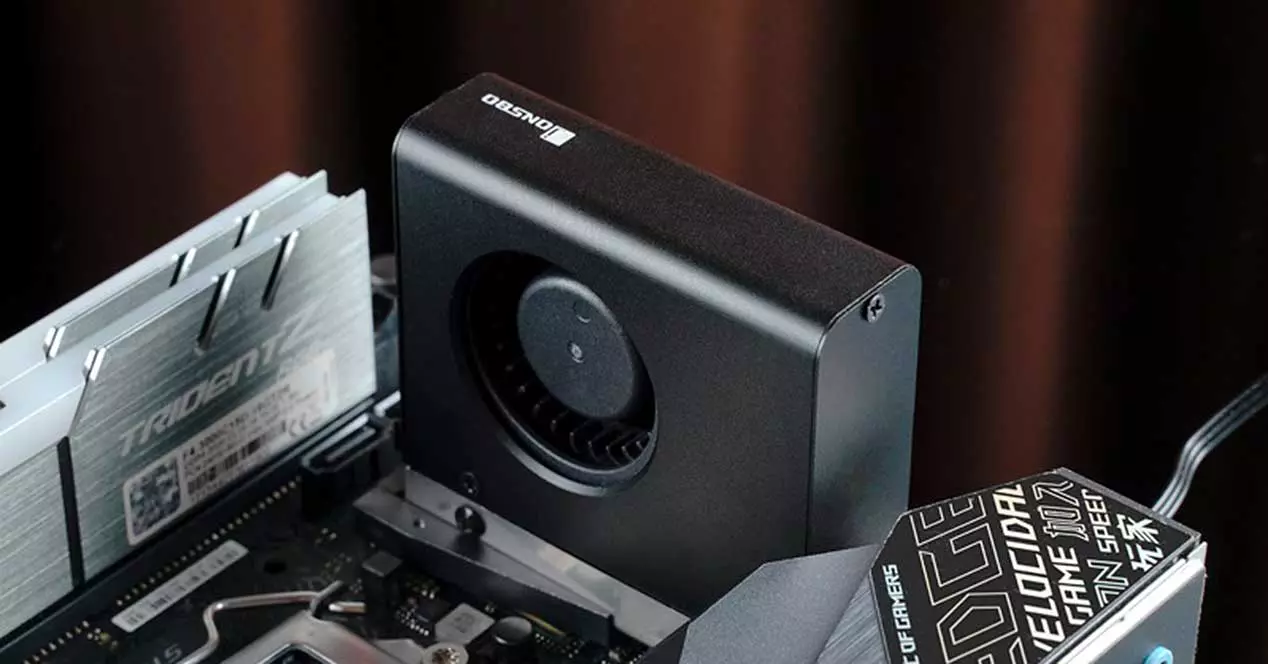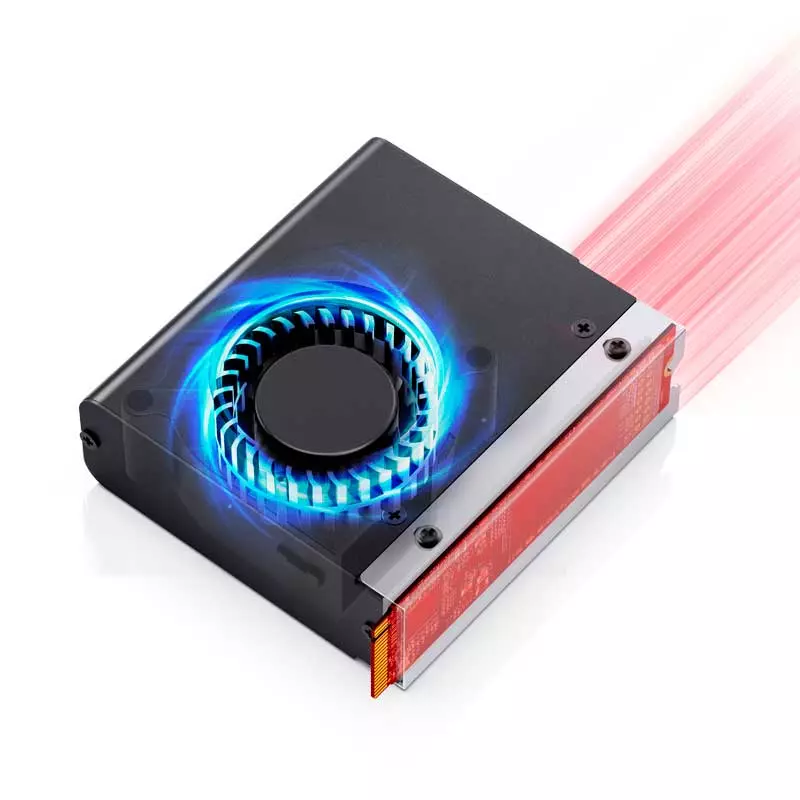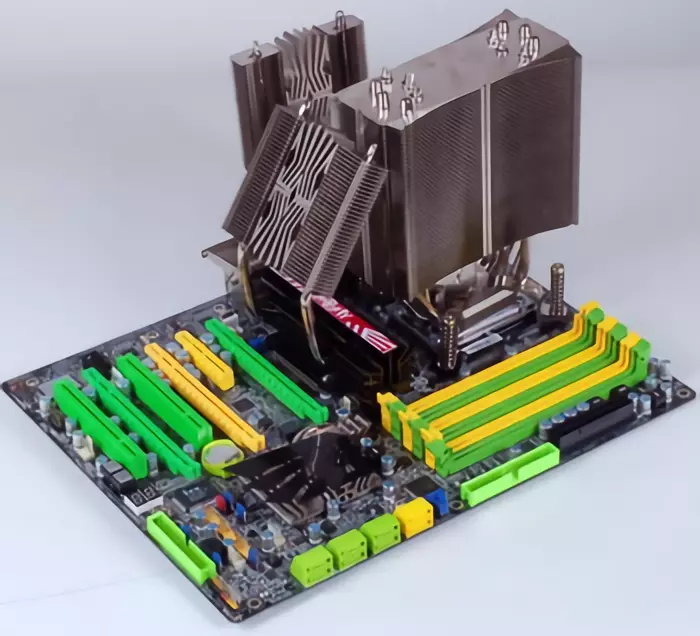
The current generation of high-performance PCIe 4.0 SSDs are on the razor’s edge and have motherboard manufacturers on their head. On the other hand, we are seeing the chipsets and their problems to keep them in passive mode and the SSDs are going the same way, but in reverse, since until now the thermal cooling solutions have been able to safeguard their security. But that ended this year 2022.
Temperature, dissipation and consumption
There is, at the moment, no PCIe 5.0 SSDs since they are under development, although not so much for the speed that NAND Flash can support, but for the controllers that will keep the data flow in correct values.
To be specific and as we saw a few months ago, the quintessential manufacturer of this component, Phison, has already warned about what was to come: SSDs for PCIe 5.0 will consume 14 watts or more, while PCIe 6.0 will double or even something else. To give us an idea of how much this means, it is like cooling an Intel Core i5-1135G7 laptop with a fifth of the surface suitable for it and with low-performance thermal pads.
Knowing this, another factor must be taken into account, where is an SSD cooled? Or put another way, where does the heat dissipate? We may think that these questions have an easy answer: towards your heatsink, but no. The problem is that according to the latest studies the 30% It is dissipated by the M.2 connector itself because it supplies the power and the loss is high, but the 70% The rest is shared by the heatsink and surprisingly the anchor screw.
What happens here? Well, with these data and knowing that NAND Flash degrade rapidly from 100 ºC and that at 125 ºC failWith current consumptions we are already at 70 ºC as long as the performance is sustained and with passive cooling. Doubling the consumption will imply with these rules of the game that the integrity of the SSD is in question, and of course, its performance will fall for the Thermal Throttling.
The solution: active heatsink on SSDs
Jonsbo has been the first to present a high performance active heatsink for SSD knowing and being aware of everything previously explained. It is not the first active heatsink for SSD, but it is the first that will be able to with the new ones PCIe 5.0 SSD and surely with the SSD low PCIe 6.0.
The thermal solution is simple and is based on an aluminum heatsink that presumably integrates (not disclosed) a heat pipe that is simultaneously cooled by a small fan. This fan spins no less than at 3,000 RPM and generates 4.81 CFM for 27.3 dBA. The heatsink is fully covered to maximize airflow and expel it from the side towards the upper part of the chassis.
The solution was already seen years ago in motherboards to dissipate the heat of the old chipsets, only that this option is more advanced, although it sins of greater measures (76 x 24.5 x 70.5 mm). If this continues, we will undoubtedly see high-performance heatsinks in small size and vertical for SSDs, such as DFI’s options for their LanParty that were totally new in the motherboard sector, where they looked like CPU heatsinks instead of chipsets. It is even possible that at CES 2022 we will see more options of this type, because like it or not the performance will be linked from now on to greater consumption for each generation until we find a technology that allows us to greatly improve efficiency.





